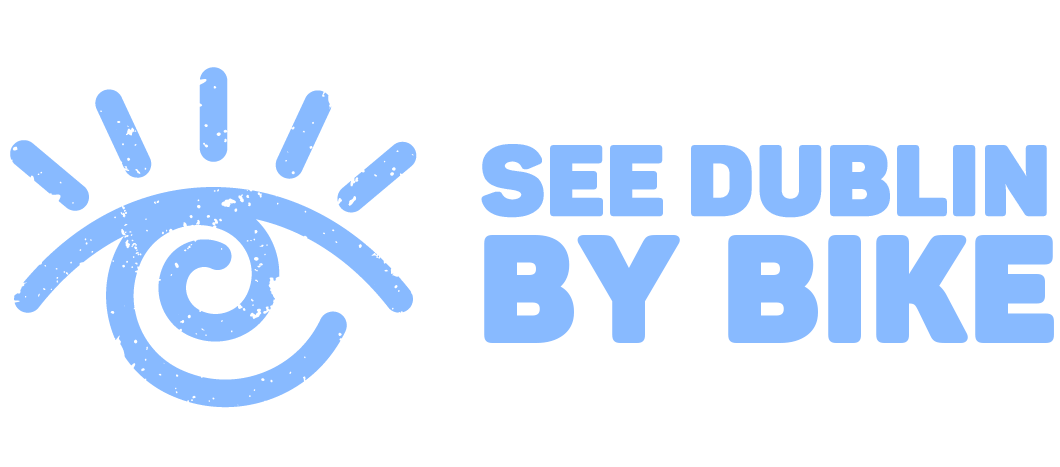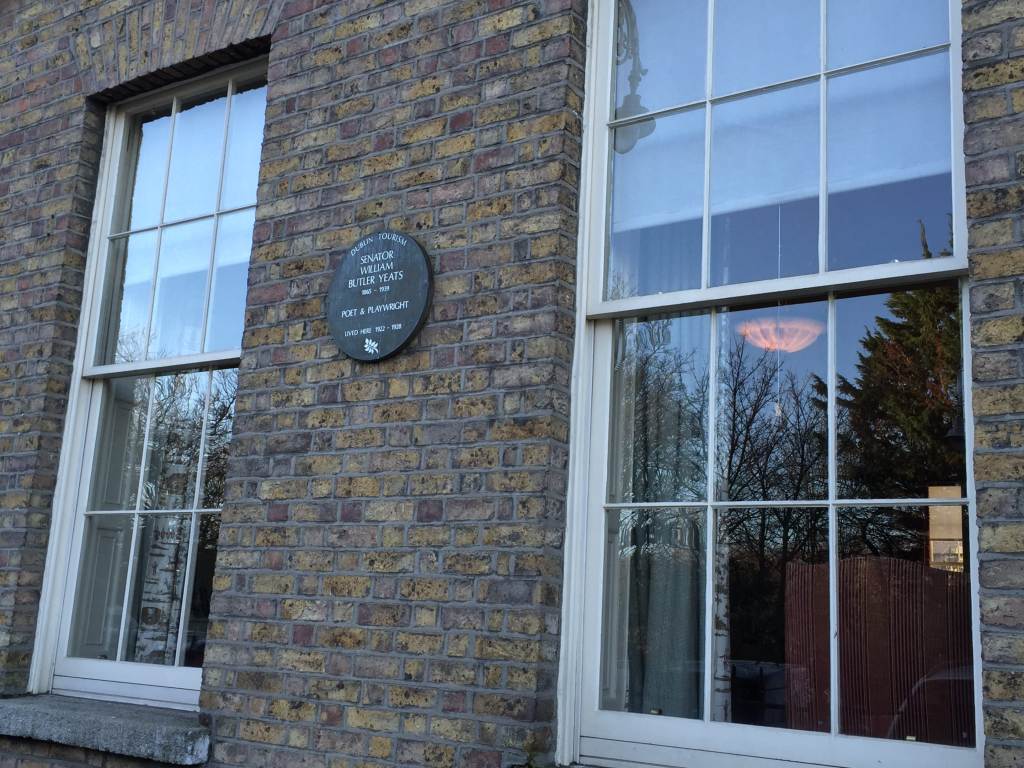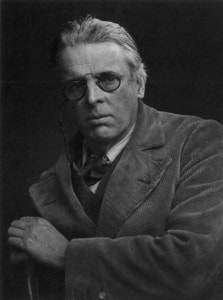82, Merrion Square, Dublin 2, a Yeats home.
Yeats was a Dubliner.
Though he had his tower in County Galway and associations with the big houses of Coole Park and Lissadel, William Butler Yeats was born in Sandymount.
‘Writer, dramatist, founder of the Abbey Theatre, and the greatest modern poet writing in English’, is how Donnchadh Ó Corráin describes him on University College Cork’s website.
82 Merrion Square was a Yeats home between 1922 and 1928. At this time he was a member of the newly formed Irish Free State’s Senate. He was living here when he became the first Irish Nobel Laureate in 1923. His wife was the person who secured a lease on this Yeats home and then sub-let parts of the large house to help with the costs of maintaining such a residence. Yeats is famous for the unrequited love he had for Maude Gonne, who still remained his muse. But in 1917 he married Georgie Hyde-Lees (she was 26 and he was 52). She became a great influence on his poetry.
In this Yeats home he worked on his great collection, The Tower, published in 1928. It contains some of his best known poems, such as Sailing to Byzantium, Leda and the Swan and Among School Children. Yeats dealt with the themes of old age and the angst he felt about his declining years, in a masterful way. The poems are regarded as among the greatest in the English language to explore this subject. This is the first verse of Sailing to Byzantium:
That is no country for old men. The young
In one another’s arms, birds in the trees,
—Those dying generations—at their song,
The salmon-falls, the mackerel-crowded seas,
Fish, flesh, or fowl, commend all summer long
Whatever is begotten, born, and dies.
Caught in that sensual music all neglect
Monuments of unageing intellect.
According to Spark Notes : “Sailing to Byzantium” is one of Yeats’s most inspired works, and one of the greatest poems of the twentieth century. Written in 1926 and included in Yeats’s greatest single collection, 1928’s The Tower, “Sailing to Byzantium” is Yeats’s definitive statement about the agony of old age and the imaginative and spiritual work required to remain a vital individual even when the heart is “fastened to a dying animal” (the body). Yeats’s solution is to leave the country of the young and travel to Byzantium, where the sages in the city’s famous gold mosaics (completed mainly during the sixth and seventh centuries) could become the “singing-masters” of his soul. He hopes the sages will appear in fire and take him away from his body into an existence outside time, where, like a great work of art, he could exist in “the artifice of eternity.” In the astonishing final stanza of the poem, he declares that once he is out of his body he will never again appear in the form of a natural thing; rather, he will become a golden bird, sitting on a golden tree, singing of the past (“what is past”), the present (that which is “passing”), and the future (that which is “to come”).
You can pause at this Yeats home when you tour with See Dublin by Bike
The National Library in Kildare Street have a great exhibition of the poet’s life and work. http://www.nli.ie/yeats
W.B. Yeats in 1923



It is the essence of poetry. To know not what it means, and still it sings…